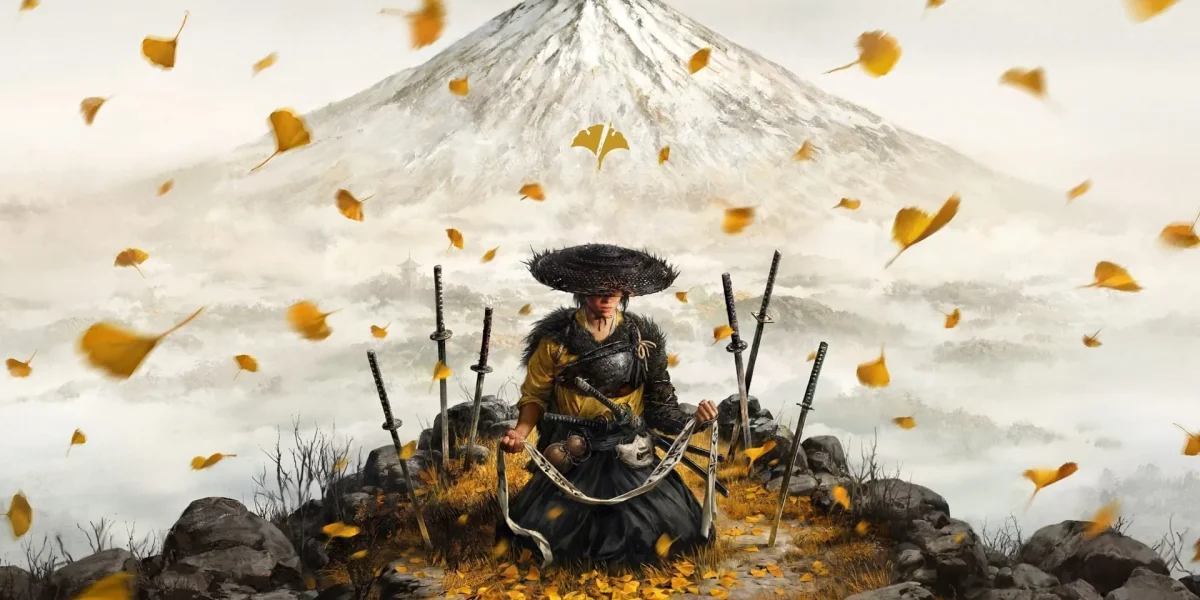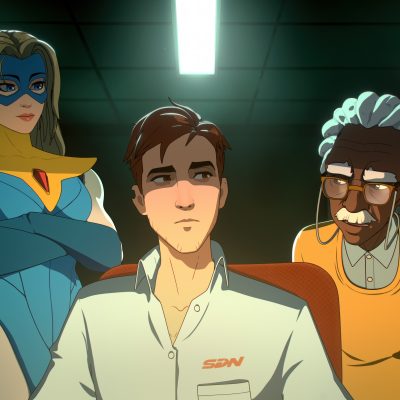It feels like just yesterday that Sucker Punch’s “red-bearded Kurosawa” (yes, I’m talking about the Red Beard himself) brought Jin Sakai’s story to life with that incredible score and breathtaking art direction. But this time, Sucker Punch’s latest creation carries the scent of Seven Samurai.
The studio that once kept us entertained with Sly Cooper and Infamous is back—ready to deliver another Japanese tale of vengeance, this time through the eyes of a shinobi. The question now is: has Sucker Punch managed to create something bigger and more complete with Ghost of Yotei, or is it simply a sequel that feels more like an ambitious expansion to Ghost of Tsushima?
Even though Sucker Punch clearly loves Kurosawa’s work, it’s safe to say that the studio still has a long way to go before it can make a video game story that really feels like Kurosawa’s work. Sadly, Ghost of Yotei has the same problem as the first game: its story is predictable and doesn’t have any real emotional depth.
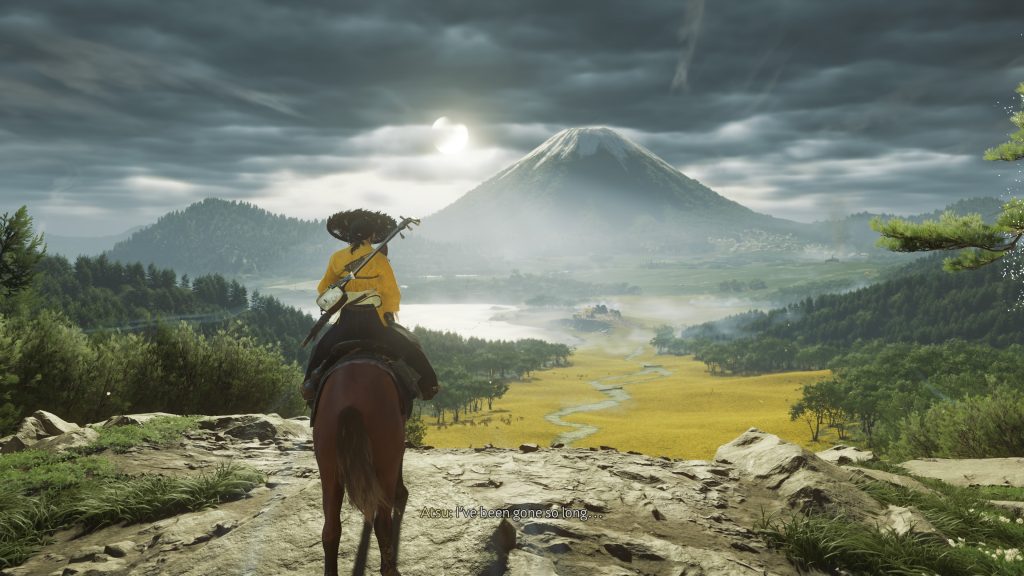
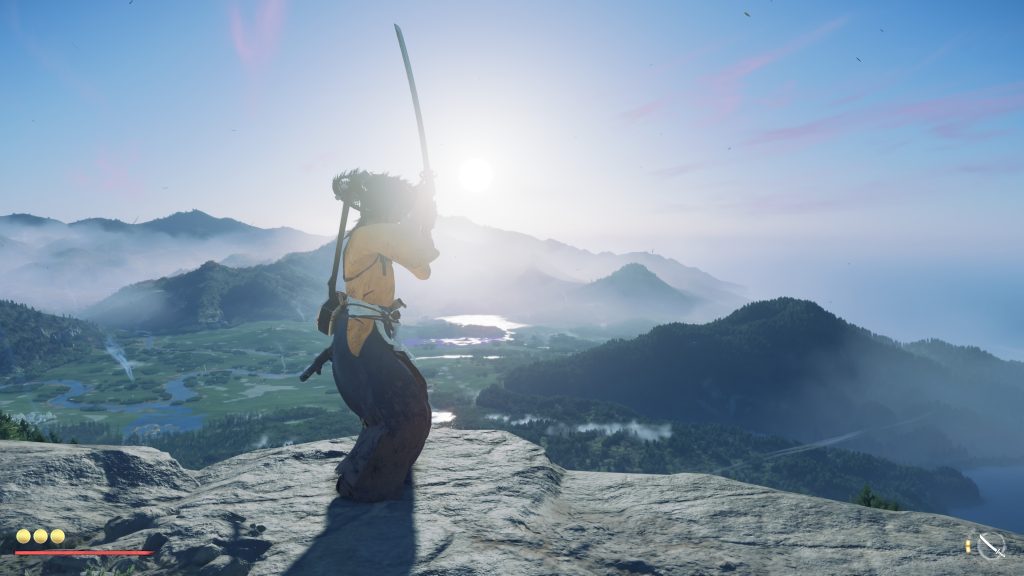
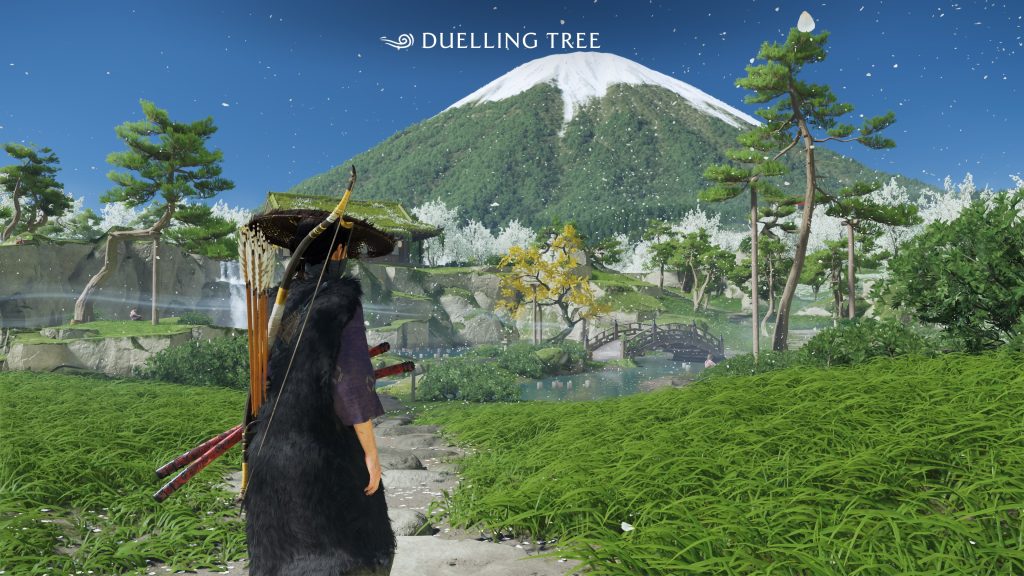
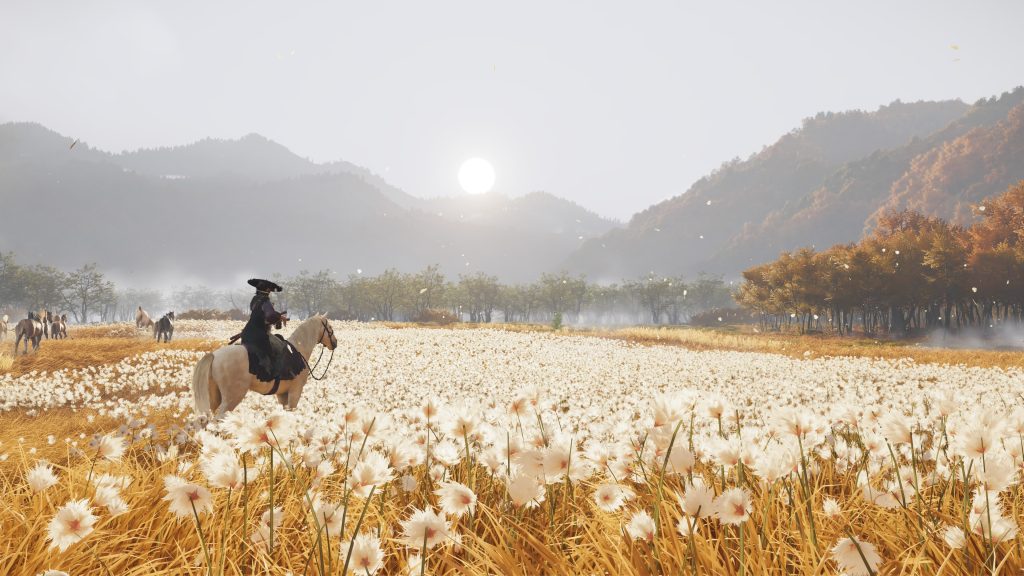
The story is about a young woman named Atsu who sees a group called Yotei Six kill her family in a horrible way. She miraculously survives that night and begins a long and difficult journey of revenge. The story checks all the boxes for a good video game story on paper, but in practice, it never quite gets to the emotional depth that would keep the player interested. Even Sucker Punch’s musical storytelling — which once gave us unforgettable moments like Jin Sakai’s horse’s death in Ghost of Tsushima — feels squandered here, buried beneath shallow characterization and underdeveloped motivations. It’s no exaggeration to say that the deaths of key characters leave you completely unmoved.
What makes matters worse is how many of the game’s crucial side quests — the ones meant to give Atsu’s revenge a soul — are placed so far off the beaten path that you might only stumble upon them after finishing the main story. For instance, in one quest Atsu must slay a cursed bear in the mountains using a special bow. The quest not only rewards you with a new weapon but also forces both Atsu and the player to confront a haunting question: Can revenge ever bring peace?
The problem is that the game’s mission structure makes it entirely possible to discover this quest after the credits roll — turning what should have been a pivotal narrative moment into little more than an afterthought. This misplaced storytelling weakens Atsu’s arc; her pain, her motives, and the cost of her vengeance never quite mature without those smaller tales that were meant to shape her journey.
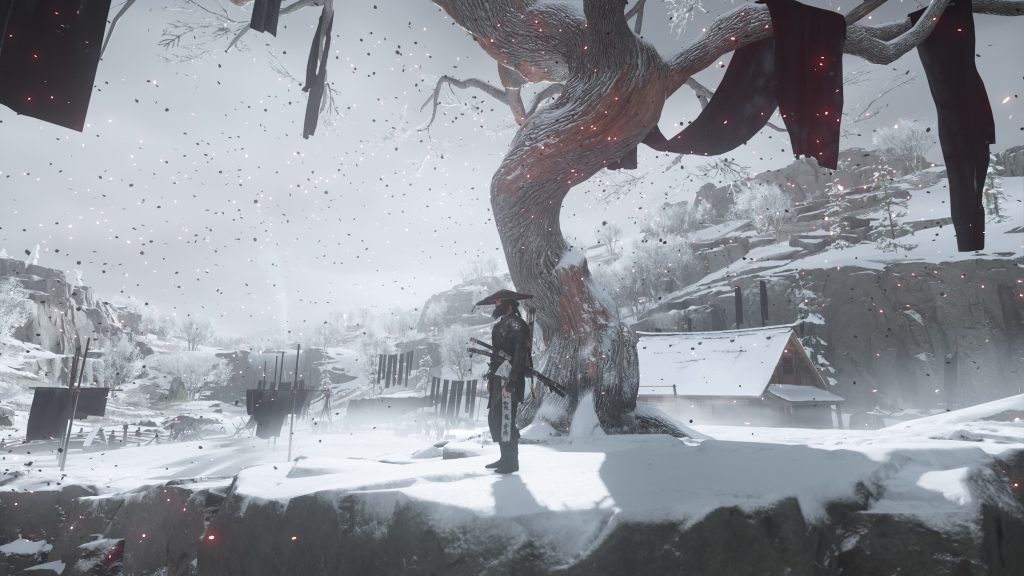
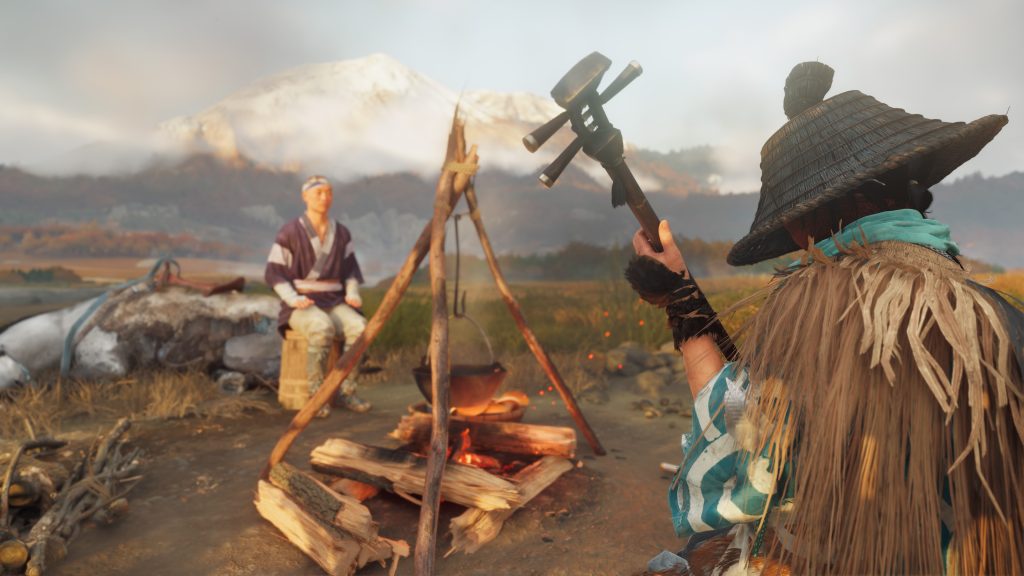
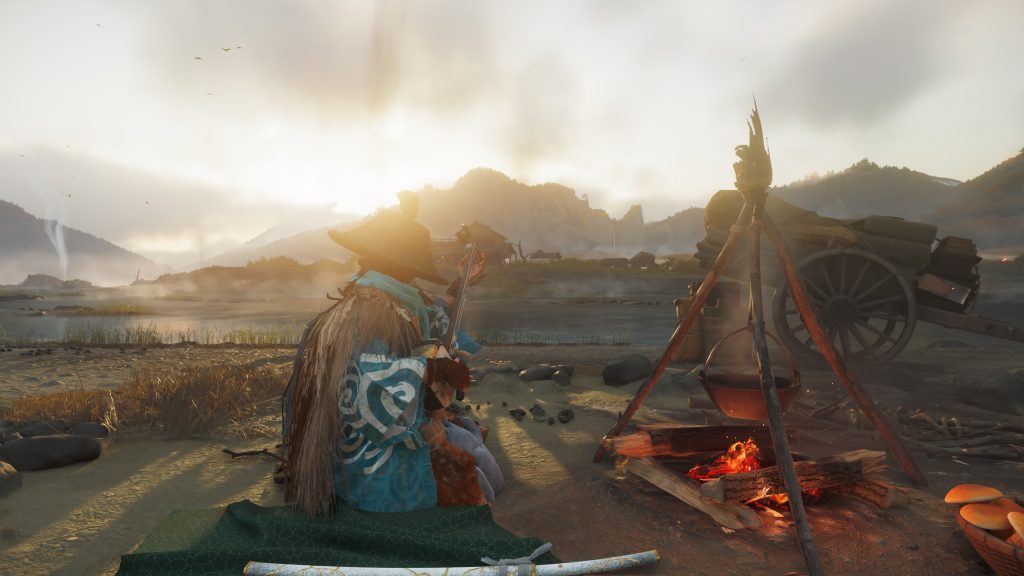
While Sucker Punch may have stagnated narratively, things are entirely different on the gameplay front. Ghost of Yotei takes a major leap forward, retaining the core of its combat system while layering on a host of new weapons, abilities, and skills. The result is a combat experience that never feels repetitive or stale. For example, the stance system from Ghost of Tsushima is gone. Instead, players must adapt their weapon choices to the enemies they face. When going up against a foe wielding a Kusarigama, dual Katanas are your best bet; for heavily armored enemies, the Odachi is a far better option. The game’s clean and responsive UI makes switching between Atsu’s many weapons quick and seamless, allowing you to fluidly adjust your strategy mid-battle.
The variety of weapons, ammunition types, and stealth tools also ensures that combat remains engaging whether you’re clashing blades head-on or silently clearing out an enemy camp. However, Ghost of Yotei’s somewhat limited parkour system and underutilized environmental mechanics slightly dull the edge of its stealth sections — moments that should fully embody the spirit of a vengeful shinobi, but instead feel restrained.
Sucker Punch has borrowed some ideas from The Legend of Zelda’s recent design philosophy. Its side activities are much better organized and flow better than in the first game. You can still do side missions like cutting bamboo and going to hot springs to get your health back, as well as platforming-based shrines that give you special charms. The only thing that has changed is how naturally these things fit into your journey.
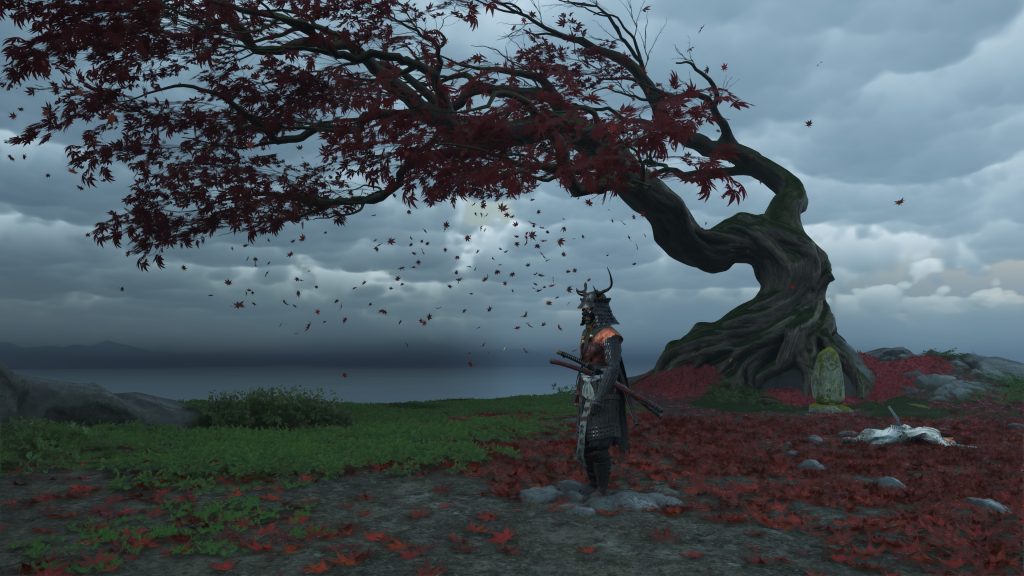
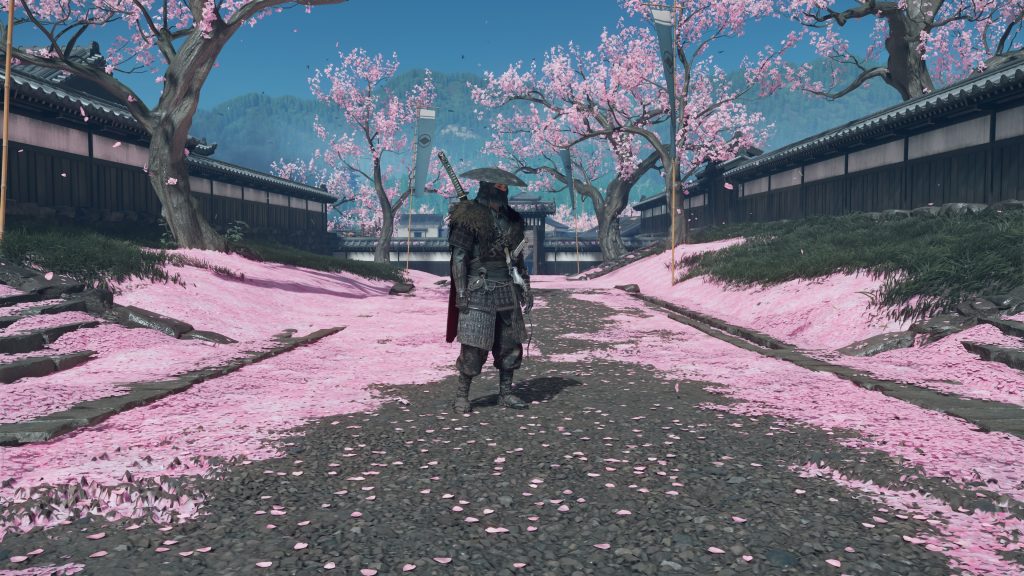
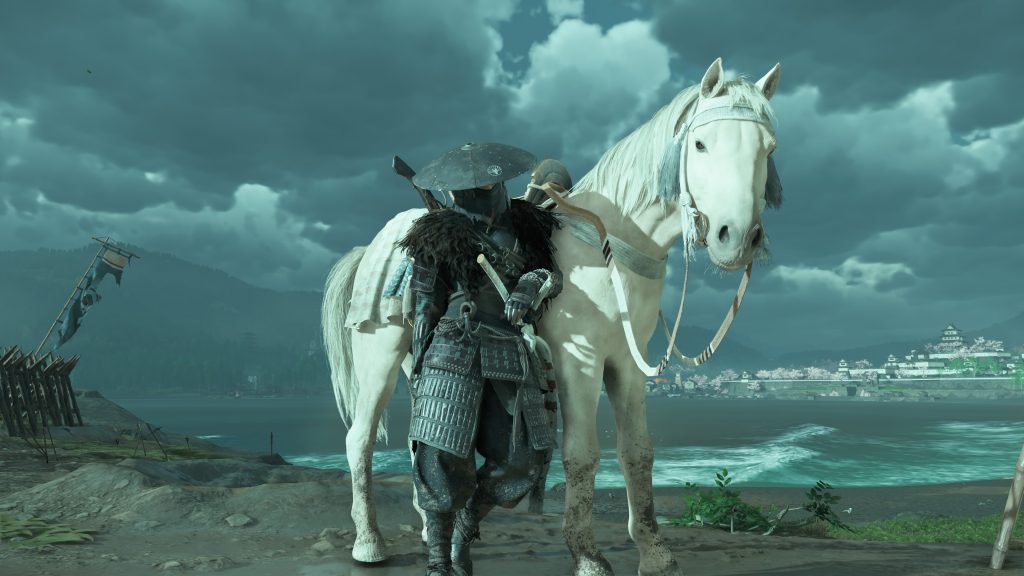
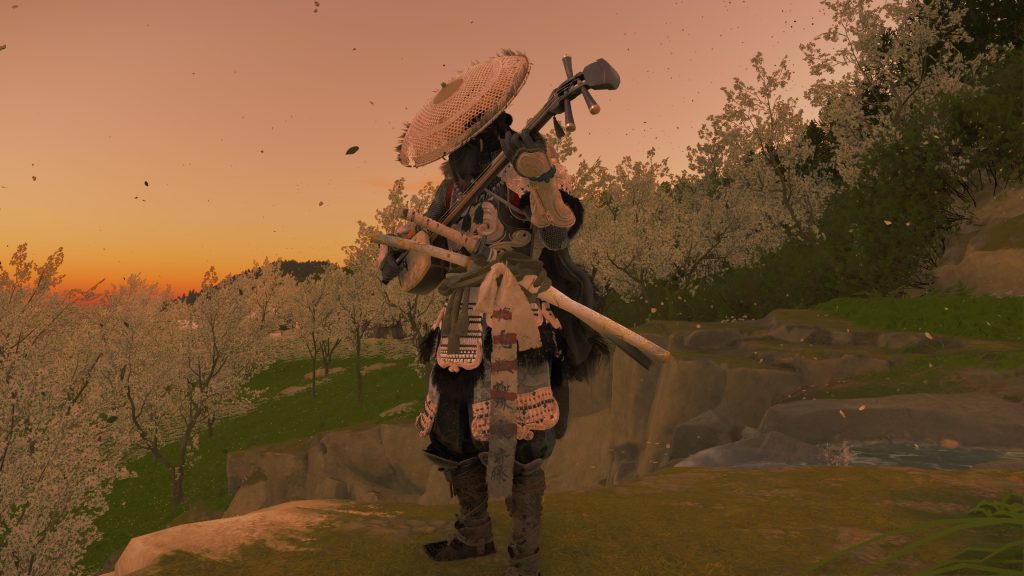
The bounty missions also help keep that balance by making sure you don’t have to fight the same enemies over and over again to make money. The bite-sized stories that come with each bounty are what make them so special. Each contract has its own small, self-contained story that adds depth and flavor to the world while still giving you meaningful progress.
Ghost of Yotei also adds a cool new way to get around that uses a traditional Japanese instrument called the Shamisen. At first, it’s just a simple way to play music in the game’s beautiful open spaces, but over time it becomes a key way to find your way around. You can unlock each new ability for the shamisen by completing a short, optional side quest.
The game also has a lot of different armor sets, each with its own stats, abilities, and look. This lets players try out different builds. You can easily switch between custom builds for stealth, direct combat, or exploration now that loadout slots have been added. This makes sure you’re always ready for anything the game throws at you.
The platforming in Ghost of Yotei is the only part of the game that really stands out for the wrong reasons. That’s too bad, because you’ll have to deal with it a lot. For example, Atsu moves in a way that is surprisingly clumsy when he climbs or descends a mountain, even though he is a trained shinobi. Because the climbing interface isn’t very responsive, people often fall from high places by accident, which can be very annoying.
The same problem happens when you make precise jumps, like jumping from a cliff to a nearby branch. The controls and collision detection aren’t always reliable, which can lead to slips that completely stop your momentum. These clunky platforming parts stand out like a sore thumb in a game where agility and precision should define your movement. They break up the smooth, fast-paced rhythm that a true shinobi adventure should have.
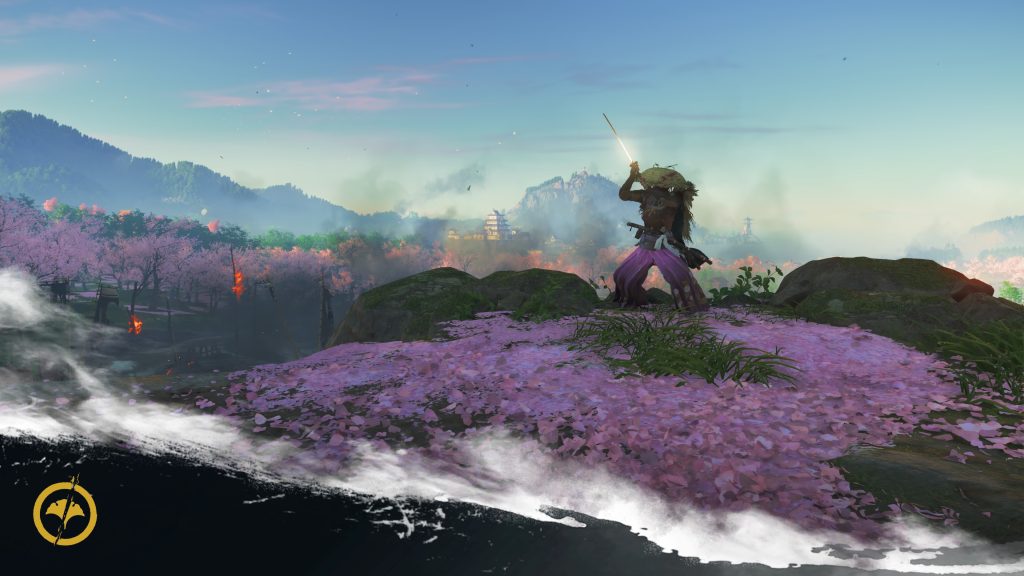
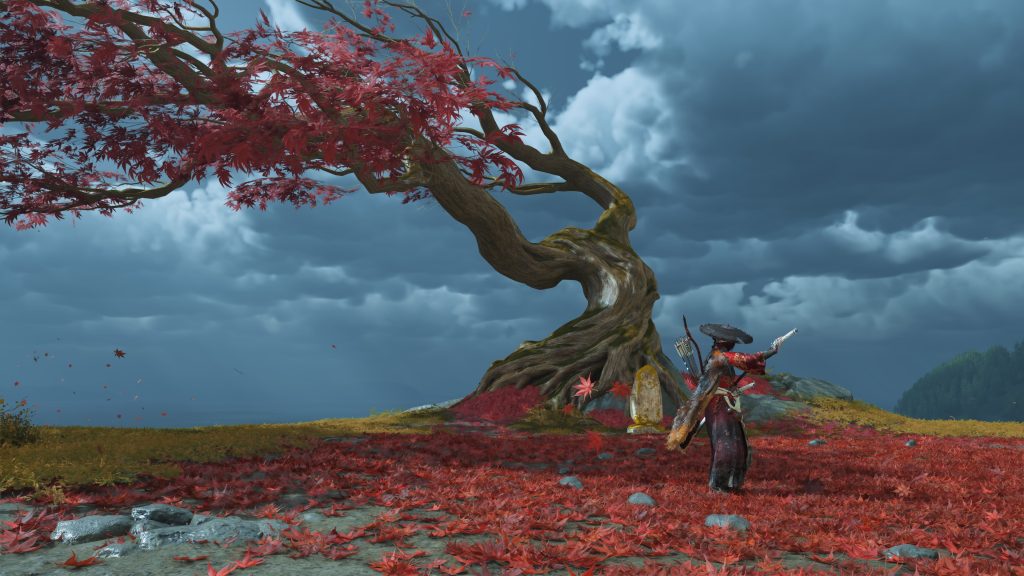
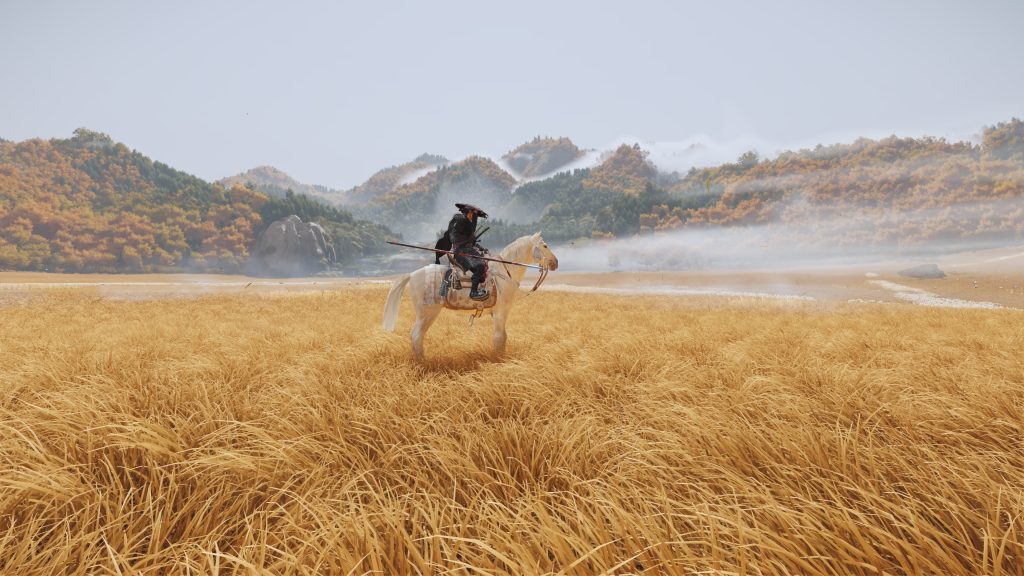
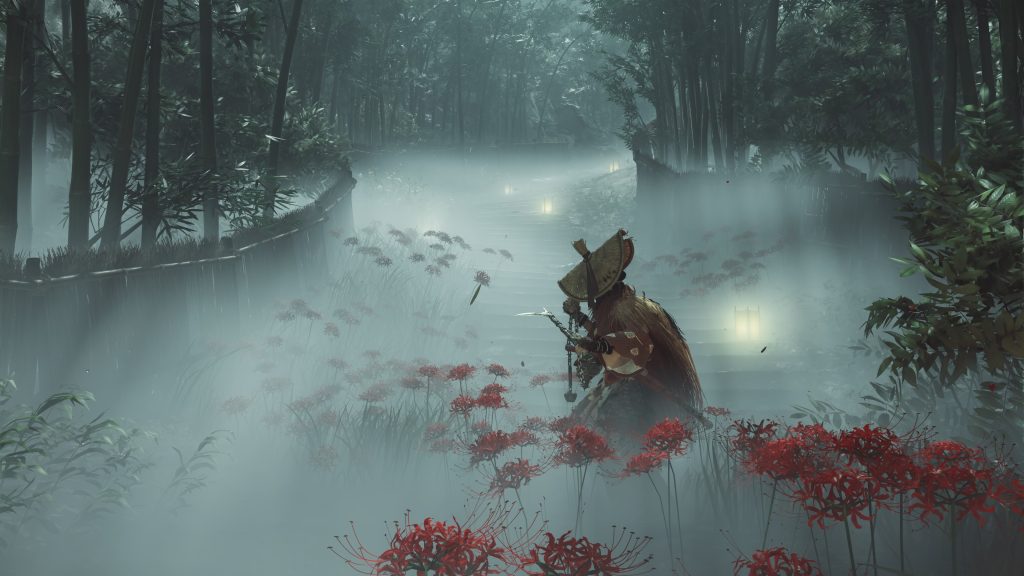
While Ghost of Yotei introduces new gameplay systems like forging and cooking, these additions don’t quite hold up beyond their initial novelty. The limited variety of dishes and the repetitive nature of the smithing process make these mechanics feel more like short-lived distractions than meaningful features. After the first few encounters, you’ll likely find yourself skipping through these segments with a quick press of the X button rather than engaging with them in any depth.
As for the music and art direction, there’s little point in dissecting them too much—both are nothing short of spectacular. In fact, it’s fair to say Ghost of Yotei delivers some of the most breathtaking art design and musical composition seen in a video game in recent years. Every frame feels meticulously crafted, every note perfectly placed. While there are the occasional minor visual hiccups on the technical side, none of them detract from the experience in any meaningful way.
But what truly sets Ghost of Yotei apart in today’s gaming landscape is its next-gen loading system. Whether you’re fast-traveling across the map or triggering a scripted event mid-mission, the game transitions so smoothly that loading screens are practically nonexistent. It’s one of those rare technical feats that not only shows how far Sucker Punch has come, but also highlights how many other studios still haven’t caught up, even five years into the current generation.
While Ghost of Yotei’s new gameplay features—especially its expanded combat gameplay—help it stand proudly as a complete sequel rather than just an oversized DLC, its shallow storytelling built upon a predictable narrative core keeps it from reaching its full potential.
There’s no doubt that this entry refines and improves upon the foundation laid by Ghost of Tsushima, delivering a smoother, more dynamic, and overall richer experience. But despite its mechanical evolution and artistic brilliance, Ghost of Yotei never quite crosses the threshold into masterpiece territory. It remains, at its best, a very good game. Beautiful, ambitious, and deeply enjoyable, but not the genre-defining triumph it clearly aspires to be.



